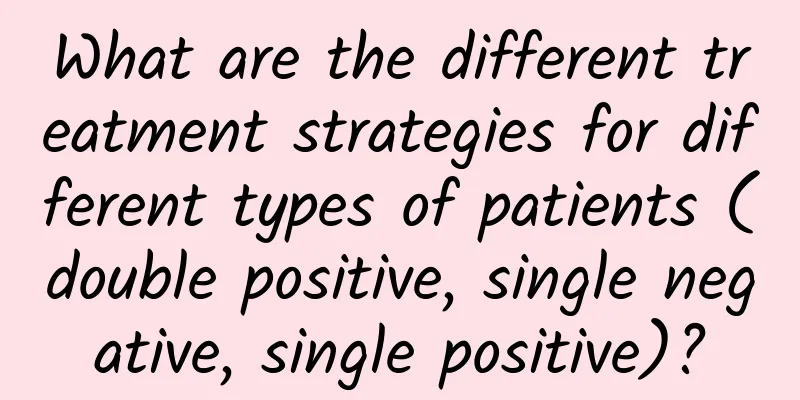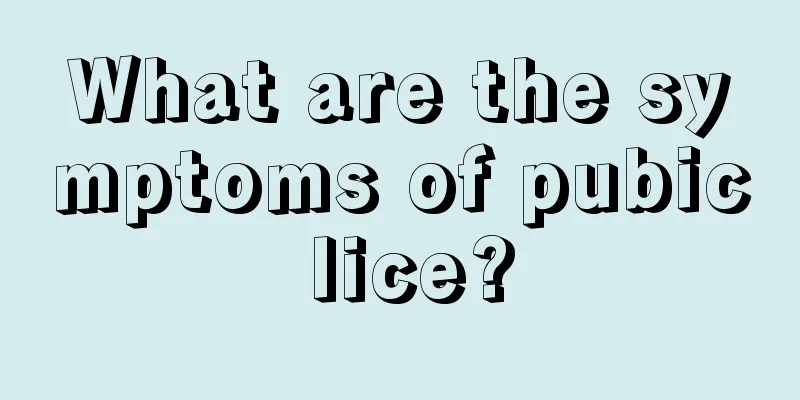What are the different treatment strategies for different types of patients (double positive, single negative, single positive)?

|
What are the different treatment strategies for different types of patients (double positive, single negative, single positive)? In today's popular science article, we will explore in depth a special phenomenon in cancer treatment - double negative and double positive, and its impact on the treatment effect. At the same time, we will also discuss how to carry out targeted treatment strategies based on this phenomenon. Double negative and double positive, as the name suggests, refers to the fact that both immunotherapy and targeted therapy have failed to achieve the expected results during the treatment of the patient. This phenomenon means that the patient's tumor cells are resistant to these two mainstream treatments, making treatment more difficult. In this context, how to adjust the treatment strategy and improve the treatment effect has become a challenge faced by doctors and patients. Before discussing the double negative and double positive phenomenon, we need to understand two indicators closely related to immunotherapy: PDL-1 and TMB (tumor mutation load). PDL-1 is a protein that can exist on the surface of tumor cells and is closely related to the effect of immunotherapy. TMB is an indicator that reflects the tumor mutation load. The higher the mutation load, the better the effect of immunotherapy may be. However, in actual treatment, not all patients respond well to immunotherapy, which requires us to pay attention to another important indicator-MSI-H (microsatellite high instability). In the treatment of colorectal cancer, MSI-H plays a vital role. If the patient's tumor shows MSI-H, then immunotherapy may be effective. On the contrary, if MSI-H does not appear, immunotherapy cannot be implemented. Therefore, for patients with double negative and double positive, we need to comprehensively evaluate their PDL-1, TMB and MSI-H indicators to develop a more precise treatment plan. For patients with double positive, the treatment sequence should be to try targeted drugs first, and if targeted therapy is ineffective, then consider immunotherapy. The basis of this strategy is that targeted therapy targets specific molecular targets of tumor cells, while immunotherapy attacks tumors by activating the patient's own immune system. In contrast, targeted therapy has relatively few adverse reactions, but the efficacy may vary from individual to individual. Therefore, in actual operation, patients need to pay close attention to their physical condition and adjust the treatment plan according to actual conditions. On the other hand, patients with single negative or single positive results show that immune or targeted therapy is effective, but the other treatment method is not effective. For such patients, we can flexibly adjust the treatment strategy according to the pros and cons of the treatment effect. For example, if immunotherapy is effective, we can consider combining it with radiotherapy to achieve better results. It is worth noting that although immunotherapy is considered an advanced treatment, it has many adverse reactions and the degree varies. Some people may not have obvious reactions, while others may experience side effects such as severe pneumonia, or even life-threatening. Therefore, when implementing immunotherapy, patients need to pay close attention to their physical condition and provide timely feedback to their doctors. Finally, we also need to pay attention to hormone therapy. Hormone therapy usually takes two to three months, or even three to four months to be effective. Therefore, during the treatment process, patients need to remain patient and undergo regular checkups according to the doctor's advice to ensure the effectiveness of the treatment. In conclusion, the double negative and double positive phenomenon is more complicated in cancer treatment. Patients and doctors need to work together to develop the most appropriate treatment plan based on the individual differences and condition of the patient. Through reasonable treatment strategies and close monitoring, we hope to improve the treatment effect, prolong the patient's survival, and improve the quality of life. In future medical research, we look forward to discovering more effective treatments for the double negative and double positive phenomenon, bringing more hope to cancer patients. |
>>: This is the best fruit for Spring Festival gatherings, I won’t let you not know!
Recommend
How to treat congenital uterine malformations
Some infertility conditions are congenital, such ...
I was preparing to perform cervical plexus anesthesia on a patient, but I lost my focus and went in the wrong direction. I could only silently use general anesthesia to make up for it.
In recent years, due to the rapid development of ...
Can I eat ice cream when I am 5 months pregnant?
For women, pregnancy is a very difficult and sacr...
Do you know? Open the door┋Eating watermelon is drinking "sugar water"?
Contributing expert: Li Caihong, chief nutrition ...
Knowledge about right ovarian teratoma
What is the role of ovaries for female friends? I...
When is the beginning of summer in 2020? What is the beginning of summer? If the beginning of summer doesn't come out, cut the grain and feed the old cow.
The End of Heat is the 14th solar term of the tra...
Do you think the "cracking" sound in the joints comes from the bones? | Illustrated Science
What is the "cracking" sound coming fro...
What are the effects of low blood pressure during pregnancy on the fetus?
When it comes to low blood pressure, I believe ev...
Microwave Ablation of the Breast
Breast fibroma is a common breast disease, the ma...
Can’t take children to public swimming pools, will they definitely get skin diseases?
The truth: Not necessarily. With proper precautio...
What should I do if my period is delayed for 3 days?
In life, there are always some women whose menstr...
Can hot weather delay menstruation?
In tropical climates, it is almost spring all yea...
What foods promote breast development and how to treat it
Many female friends are actually not confident ab...
Pregnant women with acne on their chins are pregnant with girls
In life, there are many misunderstandings. Many p...









